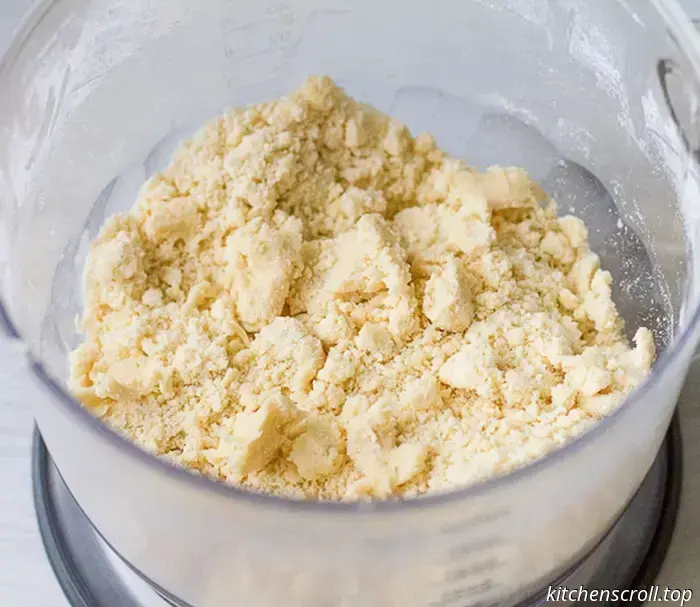
Cooking recipe:
Source: https://www.vkusnyblog.com/recipe/parizhskij-flan/Notes on ingredients:
Flour. Since the dough in this recipe is shortbread, flour is not needed strongly. Ordinary flour of the highest grade with a protein content of about 10% is suitable. Even better is flour for cakes with 8-9% protein. With a stronger bread flour, the dough will turn out to be tougher.
Butter. In this case, it is better to use oil with a fat content of 80% or higher. With it, the dough will turn out to be more crispy than with lower-fat butter.
Milk and cream. The ratio of these products will affect the texture of the baked filling: the higher the fat content of the mixture, the more velvety the texture will be and the creamier the taste. If desired, you can increase the amount of cream and decrease the amount of milk. Another option is to completely replace the mixture of milk and heavy cream with drinking cream of 10-15% fat content.
The yolks. The recipe requires yolks from large eggs. The approximate weight of one such yolk is about 23-25 g. Keep these numbers in mind if your eggs are smaller.
I do not recommend replacing the yolks with whole eggs, as this will make the texture of the finished flan rougher.
Starch. This recipe uses corn starch. It has a milder thickening ability than potato. Another advantage is the complete absence of extraneous taste from it in the finished dessert.
If you still have no options, and you plan to use potato starch, then put it twice as much as corn starch.
Vanilla. Natural vanilla gives the most delicate and delicate flavor. If you don't have it, you can use vanilla sugar (1 tbsp) or vanilla extract (2 tsp).
Sugar. Use regular white sugar. The size of the crystals is not important in this case, since the sugar combines with the hot mixture and in any case dissolves well and quickly.
We proceed to cooking.
We prepare the dough. To do this, put flour, salt, sugar and diced cold butter in the blender bowl. Chop until you get a fat crumb.
Pour in the water and knead the dough as quickly as possible. You can't knead for too long, otherwise the butter will melt and the dough will turn out to be wooden.
We form a ball from the dough, wrap it in plastic wrap and put it in the refrigerator for 30-40 minutes.
While the dough is cooling, we prepare the custard.
Beat the yolks with white sugar. Add the starch and whisk again.
Mix the milk and cream, pour into a ladle. Cut the vanilla pod in half lengthwise and scrape out the seeds with a knife. We put both the seeds and the pod in the milk mixture. We put it on the fire and bring it to a boil. Turn it off, cover with a lid and let it stand for 10-15 minutes. Then filter it.
Pour the hot milk into the egg mixture in a thin stream with constant whipping. Pour into a clean saucepan.
Put on a small fire and cook, stirring constantly with a whisk, until the mixture thickens.
Remove from the stove, transfer to a bowl and cover the surface of the cream with a bag or cling film so that a crust does not form on it.
Remove the dough from the refrigerator. Roll out into a layer 2-3 mm thick. Carefully roll the dough onto a rolling pin to transfer it to the mold.
We put the dough on the bottom and sides of the mold (it is better to take a detachable one).
We prick the dough with a fork in several places, put foil and pour a load on it – beans, rice, peas or metal trifle.
We send it to the oven preheated to 170 degrees for 12-15 minutes.
We take out and remove the foil with the load. We put the cream into the base, smooth it out.
We send the mold to the oven (do not change the temperature) and bake for about an hour. The top of the flan should be flushed. Unfortunately, my oven is not active enough, so the top is a little pale.
Cool completely and serve.
Have a nice tea party!
Recipe source: https://www.vkusnyblog.com/recipe/parizhskij-flan/










Parisian flan - delicious proven recipes, selection of recipes by products, chef's advice, step-by-step photos, shopping lists on VkusnyBlog.Com